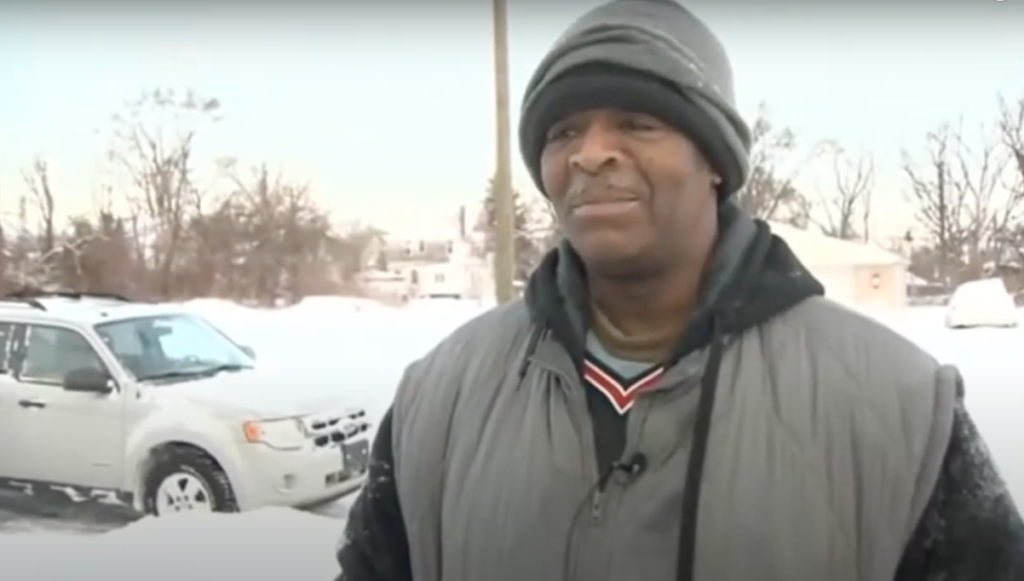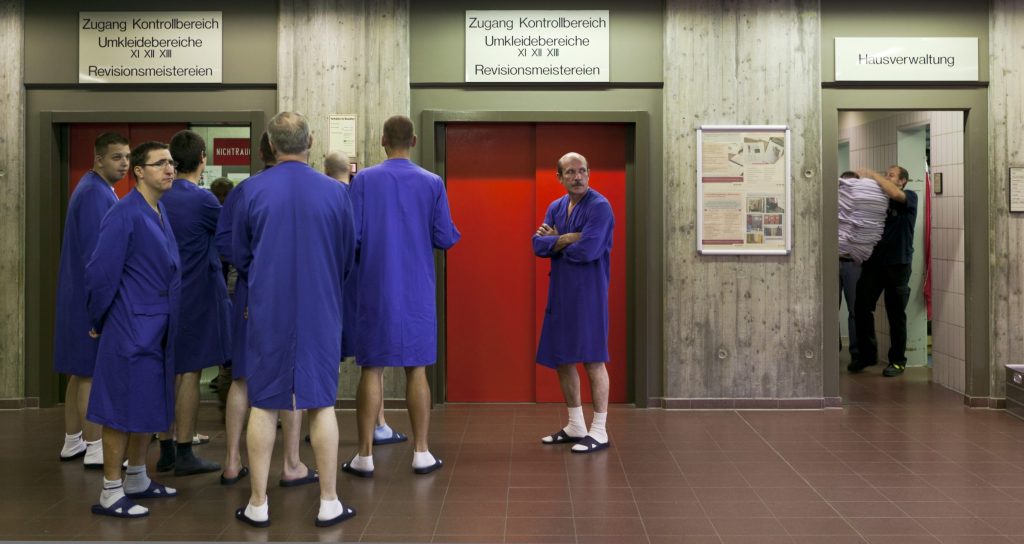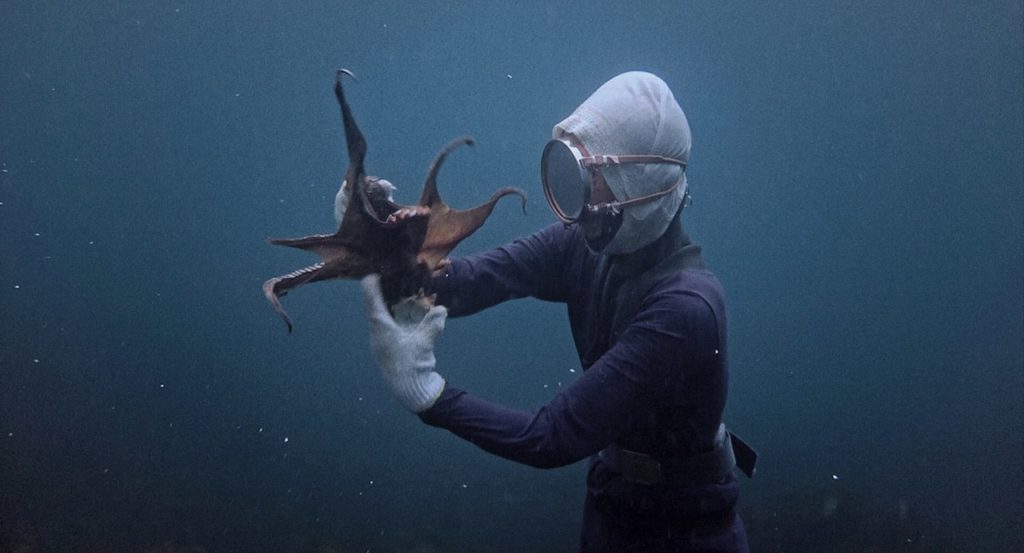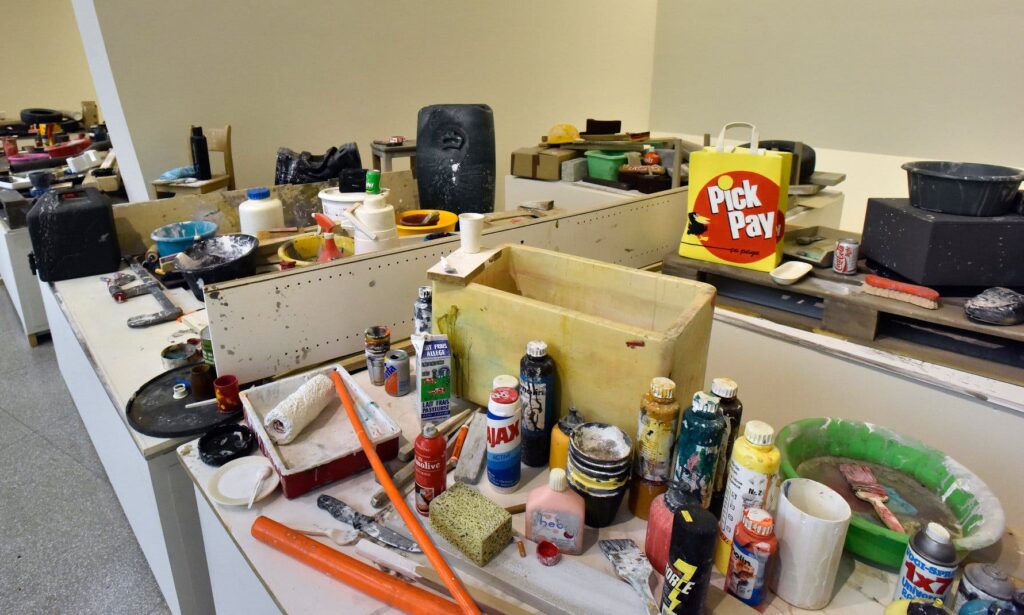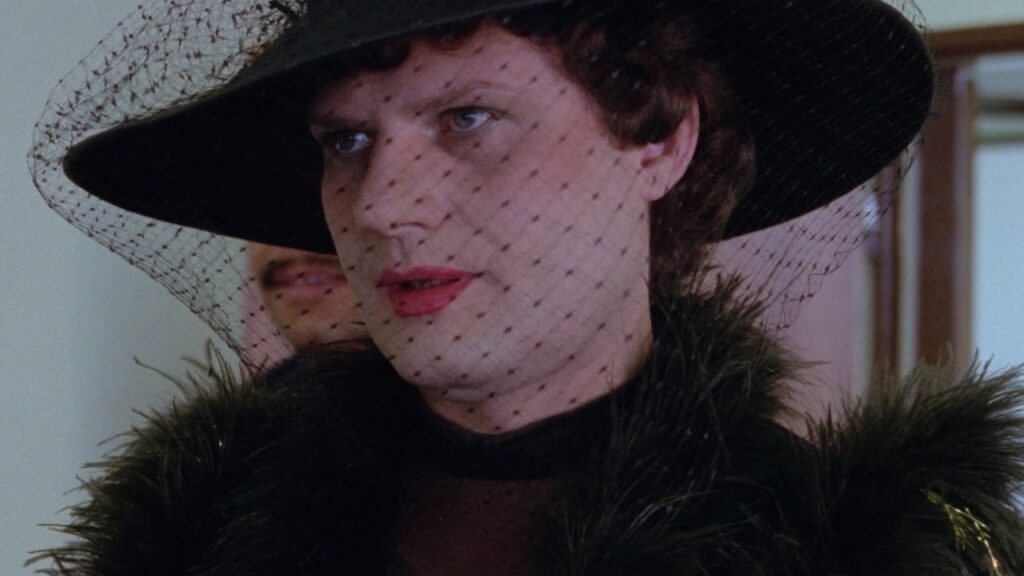The Future of Work: Science and Science Fiction
In recent years, I have rarely been in the “here and now” professionally. Research projects I supervised have looked either into the past or into the future, to be precise: into the future of work and education. Together with a research team from all over Europe and various interest groups, we have been developing scenarios for the future of vocational education and training in 2035 (Markowitsch, Grollmann & Bjørnåvold 2020, Cedefop 2020).
Scenarios generally function as plausible and relevant stories of an imagined future. In evidence-based policy making, the scenario method is a kind of compromise between science and science fiction. Besides rigorous scientific basis, the method requires a fair amount of creativity and imagination. In this sense, scenarios in social research are very similar to film or comic book scenarios, which are an essential step in any production process.
That futurology research deals with science fiction films at all is rather an exception. Recently, however, a young Italian scholar in future studies, Alessandro Fergnani, together with his doctoral advisor Zhaoli Song from the National University of Singapore, presented an analysis of 140 science fiction films and applied their findings to possible future outcomes of the COVID-19 crisis (Fergnani & Song 2020, see also Fergnani’s youtube channel). We now know that the various scenarios in science fiction films, from Metropolis to Blade Runner to Hunger Games, always draw on the same six future archetypes and are on average set 300 years in the future. In terms of current political decisions making, this is then perhaps too far into the future.
In contrast, I found the British drama television series Years and Years (2019) by Russell T. Davies much more tangible and useful for my work. It starts with the present and builds a fictional reality for the next 15 years, which coincidentally spans the same time horizon as our vocational education scenarios.
The series follows an average British family, the Lyons, and the meteoric rise of a nationalist politician (played by two-time Oscar winner Emma Thompson) in the UK immediately after Trump’s re-election. Over the years, we see a worsening refugee situation, another financial crisis, a monkey flu pandemic, the “Grexit”, an extreme shift to the left in Spain, a US nuclear strike on an artificial Chinese island, and the merging of man and machine, which becomes a movement in its own right (“I’m transhuman, not transsexual!”).
The series provides terrific material for future studies, both in terms of content and method. As viewers, we are not thrown into a distant future, but see how today’s decisions and events influence tomorrow. It thus illustrates what social science calls “path dependency”. The main characters are not heroes or heroines who change the course of history, but an ordinary British patchwork family. This allows us to see and feel what the future might hold for own destiny. It also reveals from the very beginning that our reality could have been very different (as a reminder: Trump did lose the re-election). Finally, and perhaps the most interesting aspect, the Lyons remain the Lyons. Despite the various political and personal crises, the structure of the multi-generational family remains largely stable. This, too, is an important clue for scenario development in social research: which structures change rapidly, which only gradually? Or, as HBO announces the series “As society changes at an ever-increasing pace, the Lyons family experiences everything we hope for in the future, and everything we fear”.
Both Fergnani’s archetypes and “Years and Years” illustrate the potential for the soft sciences in opening up to other (non-scientific) forms of knowledge generation and reflection of practices, i.e. trans-disciplinarity.
Thanks to Philipp Grollmann, without whom the article would probably not have come about.
Referenzen:
Cedefop. (2020). Vocational education and training in Europe 1995–2035. Scenarios for European vocational education and training in the 21st century. Luxembourg: Publications Office of the European Union.
Fergnani, A., & Song, Z. (2020). The six scenario archetypes framework: A systematic investigation of science fiction films set in the future. Futures, 124, 102645..
Markowitsch, Jörg, Grollmann, Philipp & Jens Bjørnåvold (2020). Berufsbildung 2035: Drei Szenarien für die Berufsbildung in Europa, BWP, 3/2020 (49).
Siehe also the film review “The near-future shock of Years and Years” (2019) von Sophie Gilbert in The Atlantic.
Years & Years (2019): Official Trailer | HBO
Alex Fergnani, Science Fiction as Foresight: Top Three Methods, Feb 16, 2021
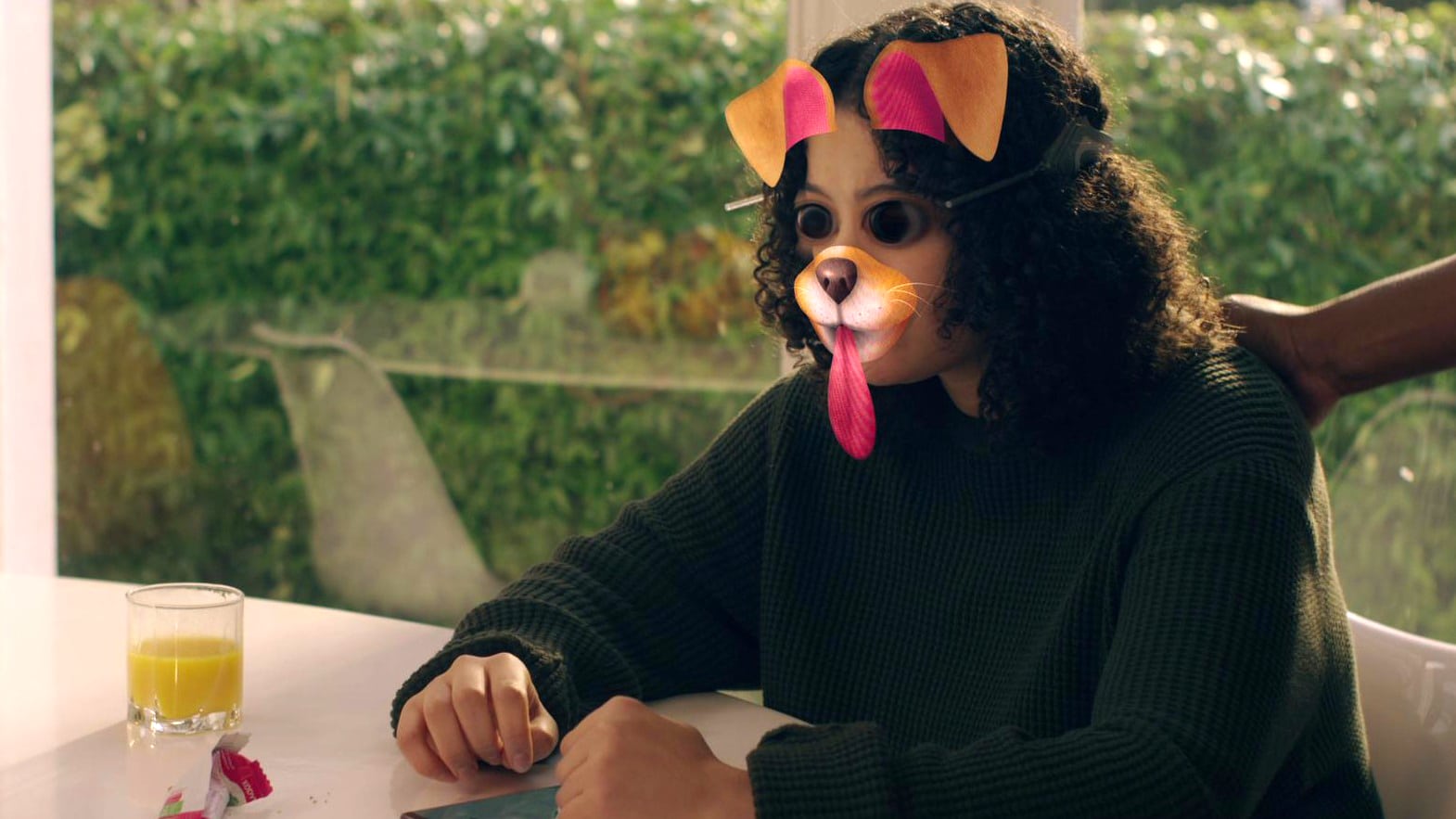
Transhuman? 'Years and Years' (2019), Filmstil
© HBO
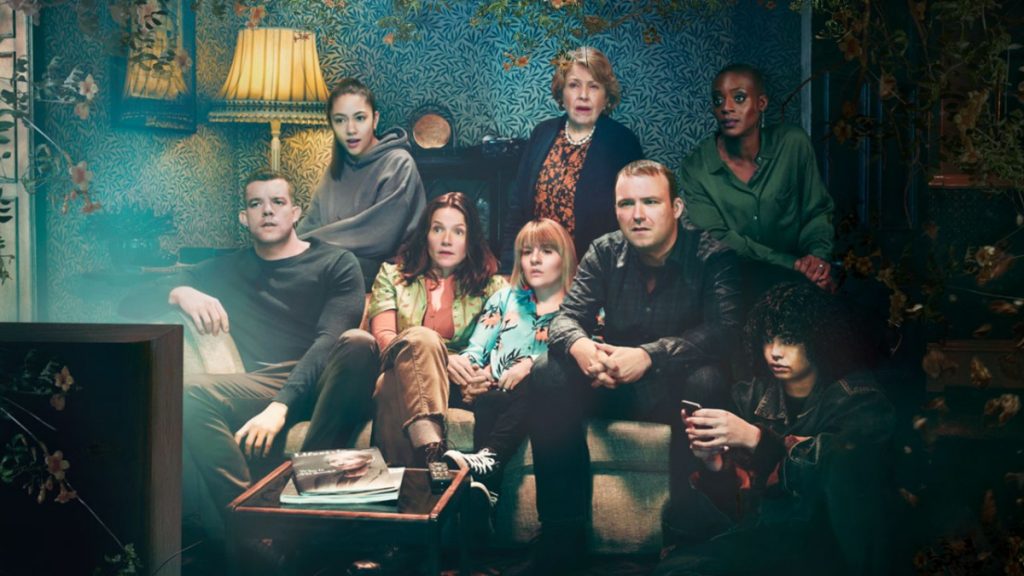
The Lyons Family, 'Years and Years' (2019)
© HBO
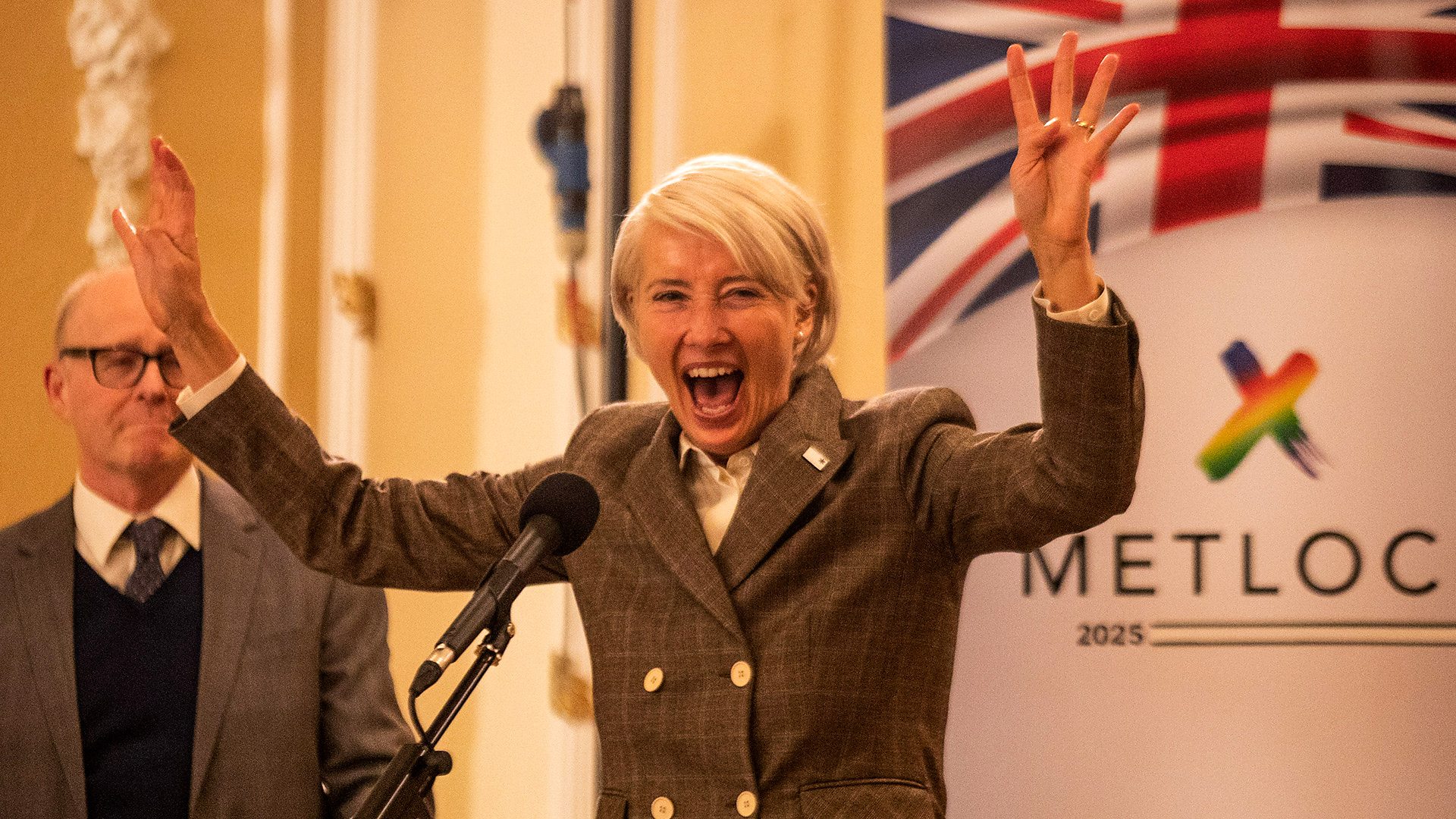
Emma Thompson in 'Years and Years' (2019), Filmstil
© HBO
The Future of Work: Science and Science Fiction
In recent years, I have rarely been in the “here and now” professionally. Research projects I supervised have looked either into the past or into the future, to be precise: into the future of work and education. Together with a research team from all over Europe and various interest groups, we have been developing scenarios for the future of vocational education and training in 2035 (Markowitsch, Grollmann & Bjørnåvold 2020, Cedefop 2020).
Scenarios generally function as plausible and relevant stories of an imagined future. In evidence-based policy making, the scenario method is a kind of compromise between science and science fiction. Besides rigorous scientific basis, the method requires a fair amount of creativity and imagination. In this sense, scenarios in social research are very similar to film or comic book scenarios, which are an essential step in any production process.
That futurology research deals with science fiction films at all is rather an exception. Recently, however, a young Italian scholar in future studies, Alessandro Fergnani, together with his doctoral advisor Zhaoli Song from the National University of Singapore, presented an analysis of 140 science fiction films and applied their findings to possible future outcomes of the COVID-19 crisis (Fergnani & Song 2020, see also Fergnani’s youtube channel). We now know that the various scenarios in science fiction films, from Metropolis to Blade Runner to Hunger Games, always draw on the same six future archetypes and are on average set 300 years in the future. In terms of current political decisions making, this is then perhaps too far into the future.
In contrast, I found the British drama television series Years and Years (2019) by Russell T. Davies much more tangible and useful for my work. It starts with the present and builds a fictional reality for the next 15 years, which coincidentally spans the same time horizon as our vocational education scenarios.
The series follows an average British family, the Lyons, and the meteoric rise of a nationalist politician (played by two-time Oscar winner Emma Thompson) in the UK immediately after Trump’s re-election. Over the years, we see a worsening refugee situation, another financial crisis, a monkey flu pandemic, the “Grexit”, an extreme shift to the left in Spain, a US nuclear strike on an artificial Chinese island, and the merging of man and machine, which becomes a movement in its own right (“I’m transhuman, not transsexual!”).
The series provides terrific material for future studies, both in terms of content and method. As viewers, we are not thrown into a distant future, but see how today’s decisions and events influence tomorrow. It thus illustrates what social science calls “path dependency”. The main characters are not heroes or heroines who change the course of history, but an ordinary British patchwork family. This allows us to see and feel what the future might hold for own destiny. It also reveals from the very beginning that our reality could have been very different (as a reminder: Trump did lose the re-election). Finally, and perhaps the most interesting aspect, the Lyons remain the Lyons. Despite the various political and personal crises, the structure of the multi-generational family remains largely stable. This, too, is an important clue for scenario development in social research: which structures change rapidly, which only gradually? Or, as HBO announces the series “As society changes at an ever-increasing pace, the Lyons family experiences everything we hope for in the future, and everything we fear”.
Both Fergnani’s archetypes and “Years and Years” illustrate the potential for the soft sciences in opening up to other (non-scientific) forms of knowledge generation and reflection of practices, i.e. trans-disciplinarity.
Thanks to Philipp Grollmann, without whom the article would probably not have come about.
Referenzen:
Cedefop. (2020). Vocational education and training in Europe 1995–2035. Scenarios for European vocational education and training in the 21st century. Luxembourg: Publications Office of the European Union.
Fergnani, A., & Song, Z. (2020). The six scenario archetypes framework: A systematic investigation of science fiction films set in the future. Futures, 124, 102645..
Markowitsch, Jörg, Grollmann, Philipp & Jens Bjørnåvold (2020). Berufsbildung 2035: Drei Szenarien für die Berufsbildung in Europa, BWP, 3/2020 (49).
Siehe also the film review “The near-future shock of Years and Years” (2019) von Sophie Gilbert in The Atlantic.
Years & Years (2019): Official Trailer | HBO
Alex Fergnani, Science Fiction as Foresight: Top Three Methods, Feb 16, 2021

Transhuman? 'Years and Years' (2019), Filmstil
© HBO

The Lyons Family, 'Years and Years' (2019)
© HBO

Emma Thompson in 'Years and Years' (2019), Filmstil
© HBO

THE WALKING MAN
Work ennobles. Work makes life sweeter. Sayings like these apodictically inscribe the principle of work into people's consciousness as the right and good thing to do. When American TV show us an example of this ideal, it is to double-down on the proliferation of the message of ‘a hero of labour’ : James Roberston – the walking man.
Power Plant Employment
Movies and documentaries on reactor disasters were trending last year. 10 years since Fukushima and 35 years since Chernobyl rolled the carpet out. For a true insight into the working world of nuclear power plants, however, I do recommend going further back, to Volker Sattel's "Unter Kontrolle" (2011).
Japan’s sea lions
Anti-stereotypical professions: Ama-San and Haenyo ─ apnoea divers in Japan and Korea
Fischli and Weiss as DIY
A young Youtuber has presumably unwittingly made a remake of Fischli and Weiss' famous art video "The Way Things Go" (1987), raising interesting questions about the relationship between art, professional craft and DIY.
Fitness to work?
Under the topos ‘health’, a comprehensive optimization and enhancement logic is implanted into people. Fitness is one of several influencing factors in establishing innovative, exceptional and performative entrepreneur of oneself.
Erwin and Elvira, the butcher
Fassbinder's outstanding melodrama "In a Year of 13 Moons" (1978) is a consistently topical contribution to today's identity politics debate and a forceful exclamation mark for anti-stereotypical professions.



